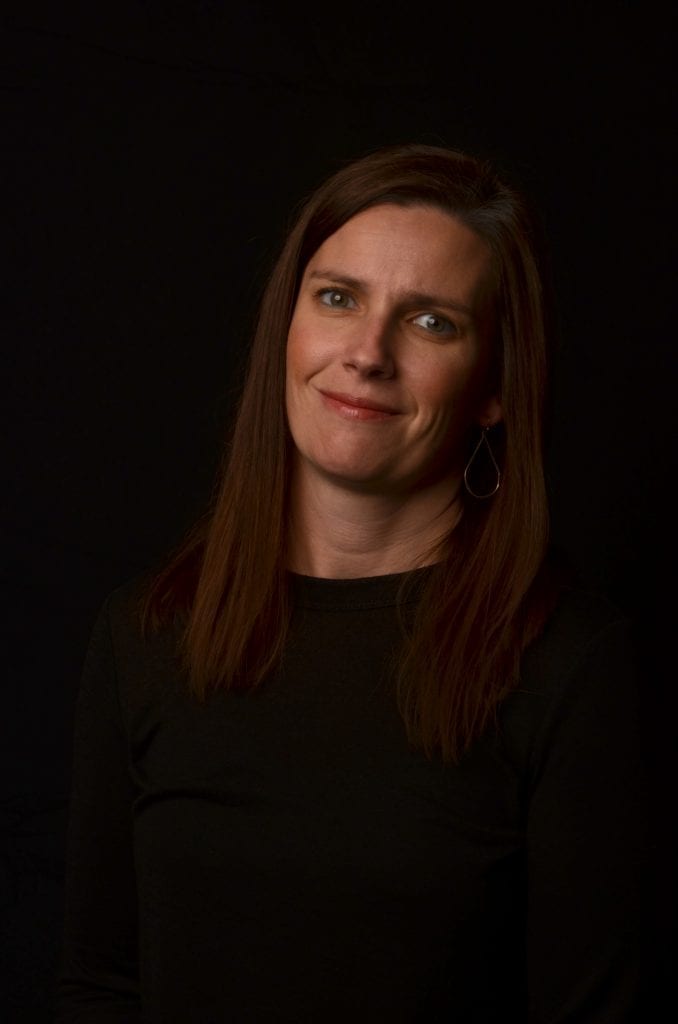
User Experience (U/X)
Lauren Rothlisberger
Digital Strategy Director
UX Design Doesn’t Start with Design, It Starts with Research
A couple of decades ago, web design consisted of jumping in photoshop and designing something aesthetically pleasing. For a long time, this channel of design approached every new project as an opportunity to show off what could be done on the web. Just because it can be done, doesn’t mean it should be done.
Through the decades, there has been a shift from web design being a way to show off capabilities (and maybe share a little information in there), to web design being focused on the user experience. UX design that is truly focused on the user doesn’t start with colors, typography and icons. It starts with people. The “pre-production”, or user research, work you put into designing a website or app will ensure your site meets the needs of its users.
Who Are the Users?
Designing a school is different than designing an office building. Would an adult be happy to use a toilet designed for the size of a kindergartener? Of course not! We have to approach the web the same way. Start with your users, learn who they are and what they need. In the best-case scenario, you actually sit down with the past users or potential users of the site and understand more about them. What is the background? Why would they be coming to a site like this to begin with?
Example: A dermatologist’s office would need to consider that their users are teens with acne to older people with sunspots.
What Journey Would They Take to Get From Being a User to a Customer?
Once you have a better understanding of your user base, brainstorm different journeys that users would take to become a customer. What scenarios, both positive and negative, would unfold to lead them to that point? Once you map out their journey, you can intercept and start providing solutions when and where they need them. In mapping out these journeys, look at different scenarios and consider for each one: the persona, their awareness, their research, their pain points, and what action they would take.
Example: A teen with acne is
- tech-savvy
- they are aware that they don’t like the way their skin looks
- they will do research online for solutions, and a dermatologist may feel like overkill to them
- they are embarrassed with the way they look, but don’t want to ask for help
- a teen is more likely to engage with top face wash recommendations initially than set an appointment
What Functions Do They Need? What Is the One Thing You Want Them To Do?
Through studying the user scenarios and journeys, you will establish potential actions those users would take. These actions are what build your site’s functions and are the foundation that converts users into customers. Through your better understanding of what the user scenario is, you can implement UX (user experience) components that ensure you are bringing that customer along to their desired end-state.
Example: The “call-to-action” for this teen user would be to download a list of the best facial cleansers you’ve curated based on skin type and other factors like environmentally friendly ingredients.
Now that you have established your key function points, you are ready for design. All the design pieces (color, type, icons) get wrapped around the content and functionality of the site. They are there to enhance the user’s experience. UX design doesn’t start with design. It starts with research. Use our UX/UI Checklist as you work through your process.





